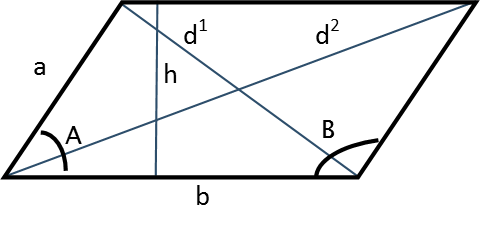Planar geometry
Plane geometry is the part of geometry that deals with figures in a two-dimensional plane, that is, shapes and sizes that only have width and height, but no depth.
It is a fundamental area of mathematics that we use to describe, draw and calculate flat figures such as triangles, quadrilaterals and circles.

Plane geometry forms the basis of much of the mathematics we use in everyday life and in many technical fields such as architecture, design and engineering.
What do we work with in plane geometry?
In plane geometry, we study things like:
- Points and lines
- Angles, both as individual values and in connection with figures
- Figures such as triangles, quadrilaterals, polygons and circles
- Areas and perimeters of flat figures
- Parallel and perpendicular lines
- Symmetry and reflection
To calculate and draw geometric figures, we use various mathematical tools and formulas.
For example, the Pythagorean Theorem, trigonometry and coordinate systems. These help us find lengths, angles and positions in the plane.
The difference between plane geometry and solid geometry
Plane geometry works only with flat shapes, while solid geometry deals with figures in three dimensions, such as spheres, cubes and pyramids.
That is why plane geometry is also called two-dimensional geometry, while solid geometry is three-dimensional geometry.